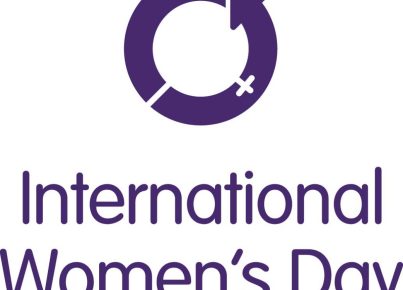Introduction
The International Baccalaureate (IB) is an educational program that emphasizes intellectual, ethical, and multicultural development. With its comprehensive curriculum and global perspective, the IB system has become increasingly popular among schools worldwide. This article presents a case study of one school’s experience in implementing the International Baccalaureate program and highlights the challenges and benefits encountered during this process.
Background
Greenwood Heights International School is a K-12 private educational institution that sought to integrate the IB program into their existing curricula as a means to enhance their students’ educational experience. Prior to implementing the IB, Greenwood Heights focused primarily on traditional subjects such as history, mathematics, science, and literature.
IB Implementation Process
After careful consideration and review of the IB requirements, Greenwood Heights opted to adopt the Diploma Programme (DP) for students aged 16-19. The following steps were undertaken to successfully implement the DP:
1. Faculty Training: Teachers attended workshops and seminars led by experienced IB educators, learning about the DP curriculum and instructional strategies.
2. Curriculum Development: Greenwood Heights aligned its curriculum with IB objectives while incorporating connections to local culture, history, and language.
3. Assessment: Standardized assessment rubrics were employed to evaluate students’ progress within each subject area, promoting academic integrity and accountability.
4. IB Authorization: The school underwent an evaluation process by the International Baccalaureate Organization (IBO) before receiving official authorization to offer the DP.
Challenges Faced
Implementing the IB program at Greenwood Heights was not without its challenges:
1. Funding: The cost associated with adopting the DP necessitated an increase in tuition fees; however, coordinating grants and scholarships helped mitigate financial barriers for many students.
2. Resistance to Change: Some faculty members and families struggled with adapting to new teaching methods and philosophies embraced by the IB program.
3. Balancing Local Requirements: Greenwood Heights had to ensure that its curriculum met both local and IB standards, requiring meticulous planning and collaboration.
Benefits Realized
Despite these challenges, Greenwood Heights experienced numerous benefits following the implementation of the IB program:
1. Enhanced Pedagogy: Teachers utilized inquiry-based learning strategies, encouraging students to think critically and connect ideasto real-world situations.
2. Global Outlook: Exposure to a diverse array of subjects fostered a sense of intercultural understanding and respect for differing perspectives.
3. Improved Student Outcomes: Subject mastery significantly improved upon implementing the IB curriculum, with many students receiving prestigious college scholarships and higher test scores.
Conclusion
The experience of Greenwood Heights International School in implementing the International Baccalaureate program serves as an insightful example for other educational institutions considering this option. The challenges encountered during the transition period were surmountable, and the resulting benefits have positioned Greenwood Heights as a leader among globaleducators. As this case study demonstrates, implementing the IB program can lead to a more enriching educational experience for students, paving the way for future success both academically and in their broader lives.





